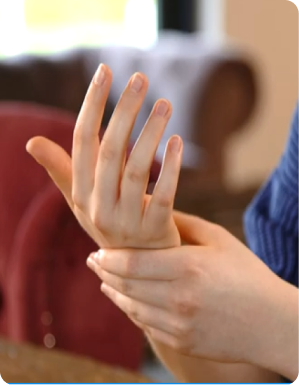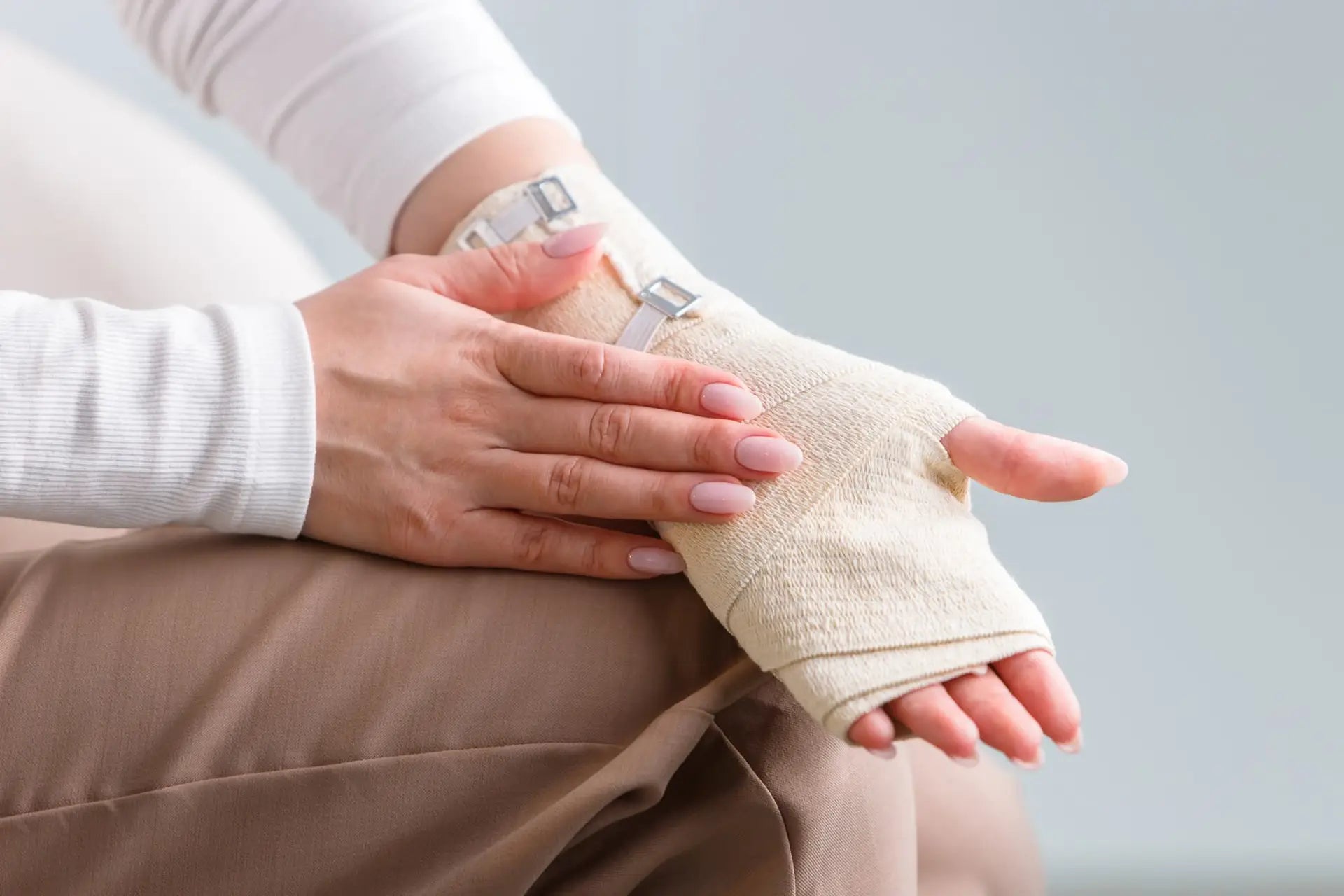
Understanding the progression of carpal tunnel syndrome: 3 symptoms and effective treatment methods
What is carpal tunnel syndrome? Carpal tunnel syndrome (CTS) and the progression of carpal tunnel syndrome is a significant health condition that affects the daily lives of many people. However, th...

Median nerve - a detailed look at carpal tunnel syndrome
Definition of carpal tunnel syndrome and the median nerve Carpal tunnel syndrome (CTS) refers to a bottleneck syndrome of the median nerve in the area of the carpus. Epidemiology Carpal tunnel sy...

Carpal tunnel syndrome Working at the computer: the correct hand position
What to do if carpal tunnel syndrome causes work restrictions? In most cases, the cause remains unclear. There may be pain, tingling and numbness in the fingers and thumb. Diagnosis is based on a p...
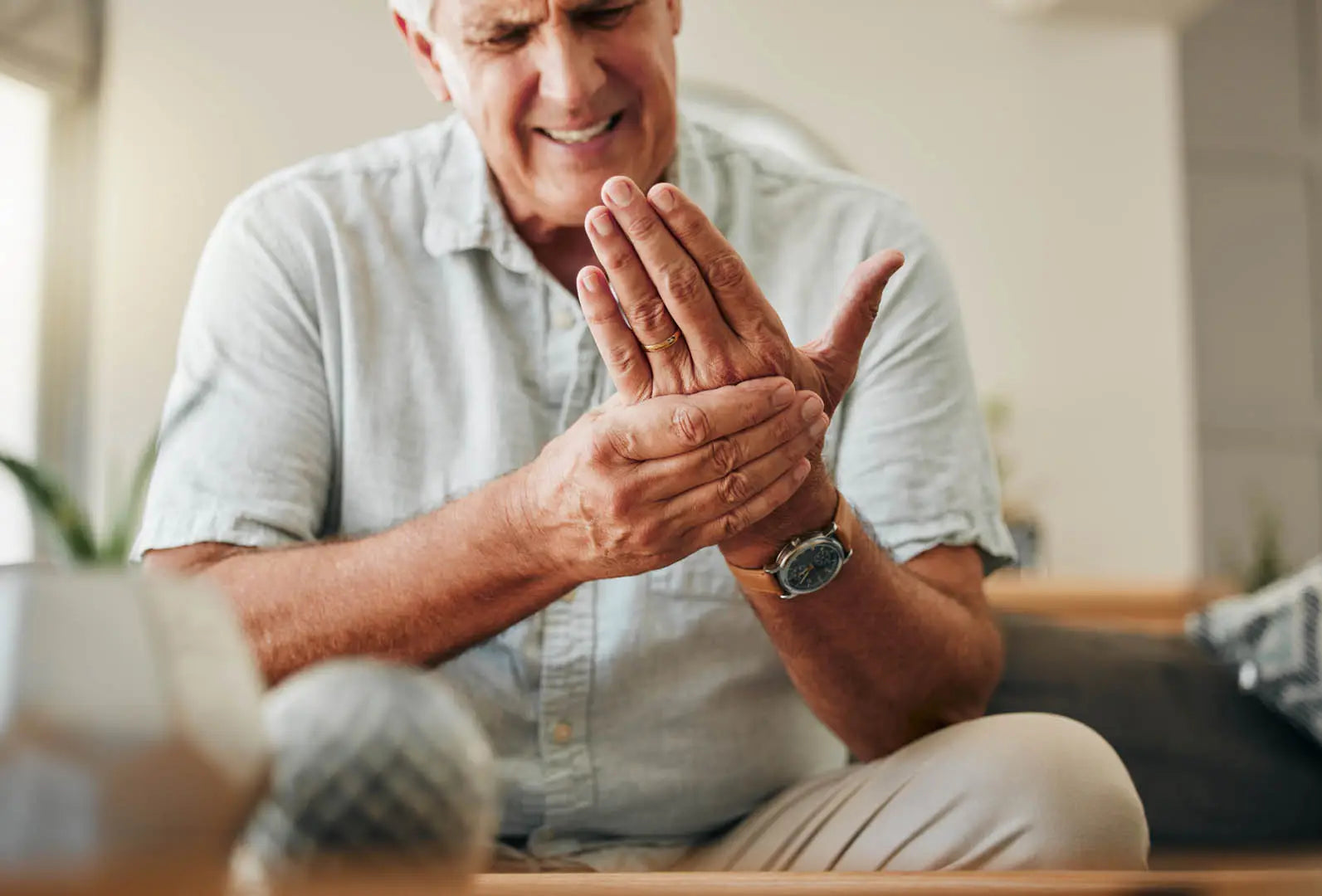
Carpal tunnel syndrome - tingling in the hands - 6 tests to do at home
Carpal tunnel syndrome is a result of compression of the median nerve in the carpal tunnel at the wrist. This nerve pressure injury causes a variety of symptoms, including hand tingling. The most c...

Fingers fall asleep: 3 causes, symptoms and treatment options
Introduction - Fingers fall asleep The phenomenon of fingers falling asleep is familiar to many people and can occur both temporarily and chronically. It can have various causes, including carpal t...
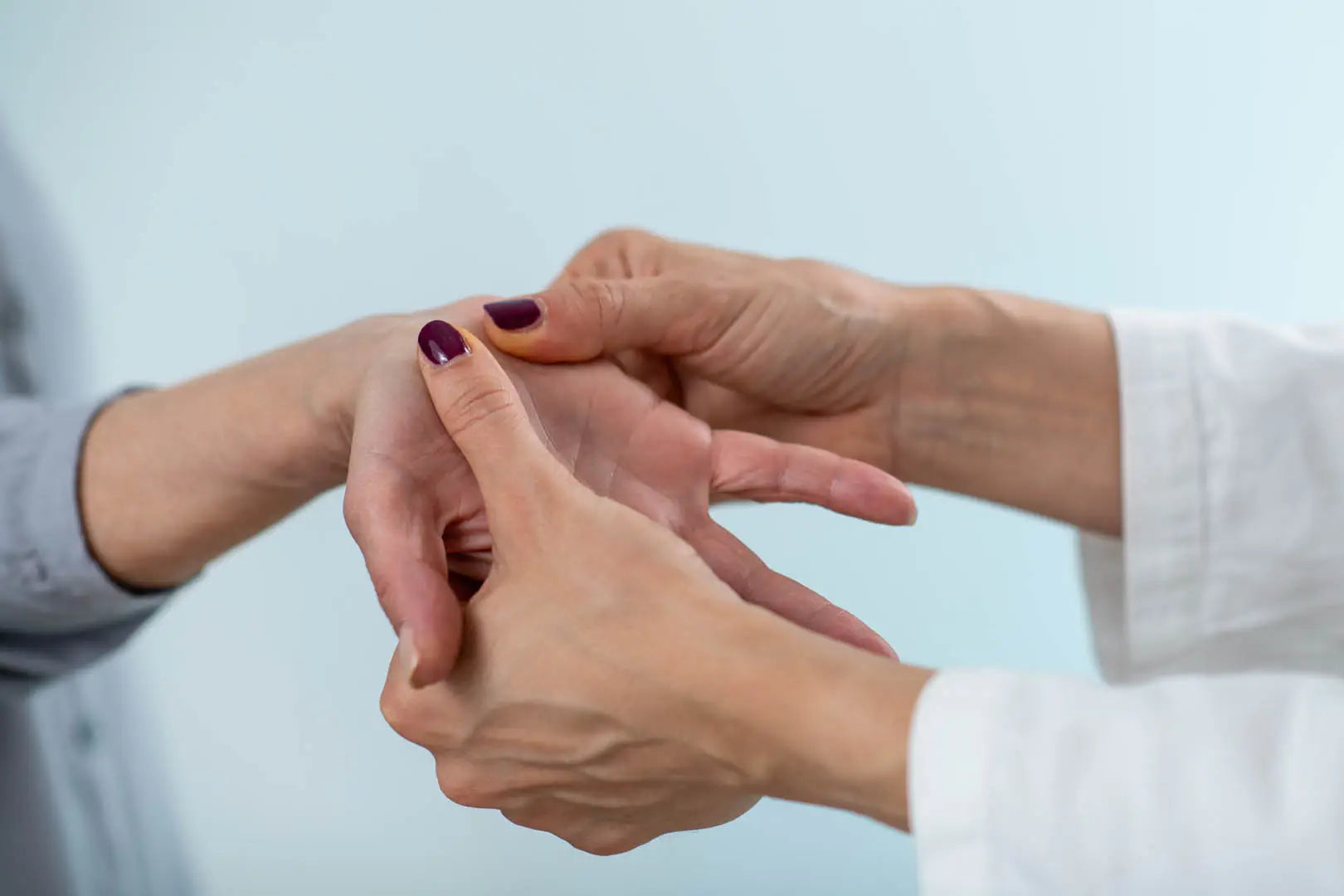
Do your hands fall asleep? 4 Causes and treatment of hands falling asleep & tingling
Introduction - Hands fall asleep Hands falling asleep is a common phenomenon that many people experience. It can have various causes and is often caused by temporary factors such as unfavorable sle...
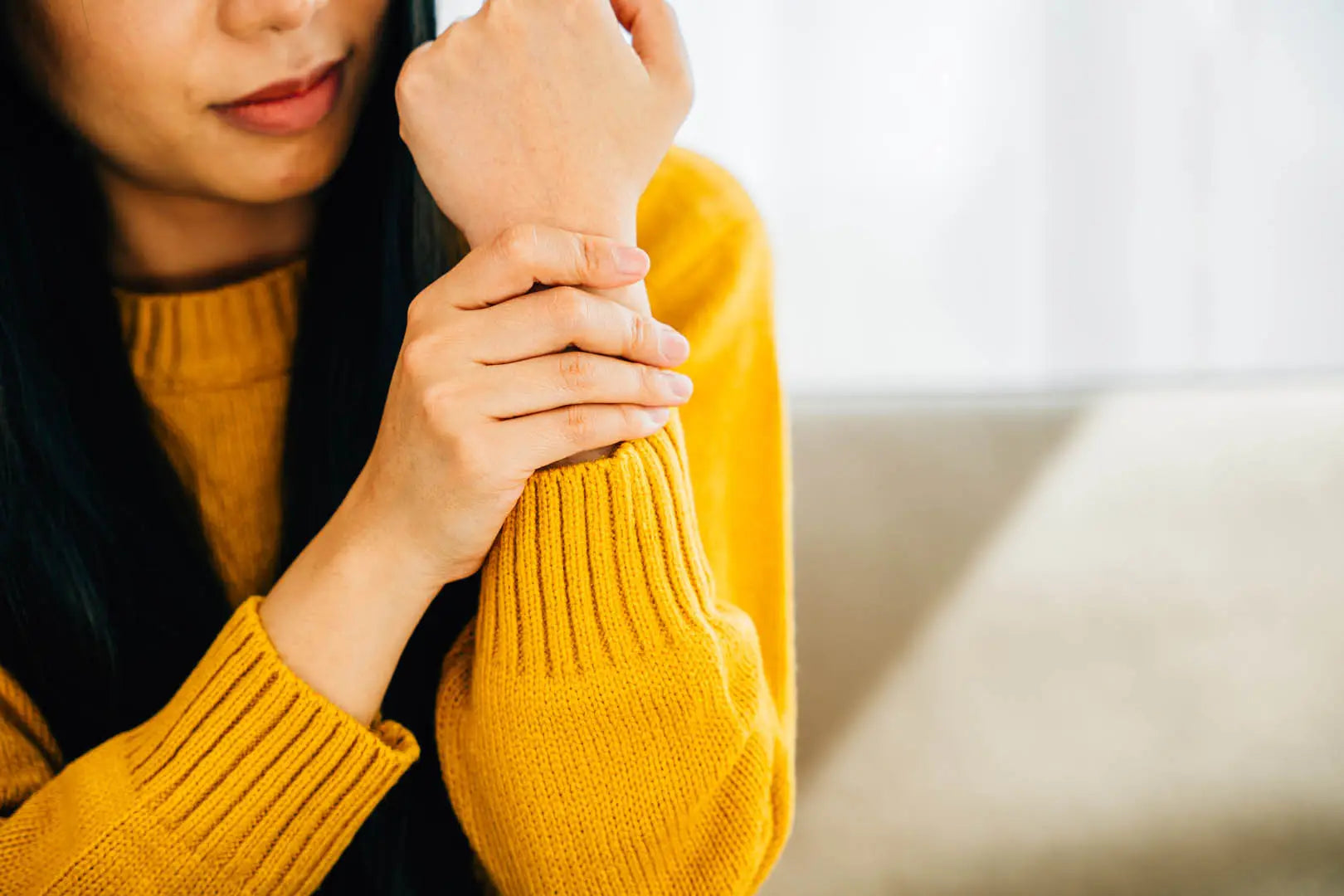
Hands falling asleep at night - 3 causes
Introduction - hands falling asleep at night The phenomenon of hands falling asleep at night during sleep can be uncomfortable and disrupt your sleep. In this article, we will explore the most comm...
FAQ
Frequently Asked Questions
Are there any studies that have investigated the effectiveness of curpal®?
curpal® is one of the so-called manual therapies. A prospective randomized study has come to the conclusion that manual therapy, which includes the use of curpal®, is just as effective as surgery. The study compared the effects of a surgical procedure with weekly manual therapies. In the study, 50 of the 100 participants underwent surgical treatment. All had pain and sensory disturbances in the area supplied by the median nerve for at least 6 months. According to the study, the patients who received manual treatment even reported less pain after 3 months than those who had undergone surgery. The results of this study are consistent with the feedback from our patients. Click on this link if you would like to see the study, which was published in the Dt. Ärzteblatt.
Does treatment with curpal® have side effects?
Treatment with curpal® has no side effects. If necessary, you can use curpal® in consultation with your doctor. This is especially true for people with osteoporosis.
Does the health insurance company cover the costs for curpal®
Although curpal® has medical approval, it is not yet listed as an aid in the catalog of reimbursable products. This is why the purchase costs of the device are not routinely covered by health insurance. However, we recommend that you always ask your own health insurance provider.
How should you use curpal®?
curpal® should initially be used daily for 6 to 8 weeks, approximately 3 x 3 x 3: you take curpal® three times a day and pump up the device three times with each use, allowing the stretch to take effect for three minutes each time. The symptoms often subside significantly within the first 3-6 weeks, so that treatment can then be reduced. After around 8 weeks, treatment with curpal® is required either preventively or only when pain symptoms return. The effort required to use curpal® is minimal, 3 x 3 minutes per application is sufficient.


